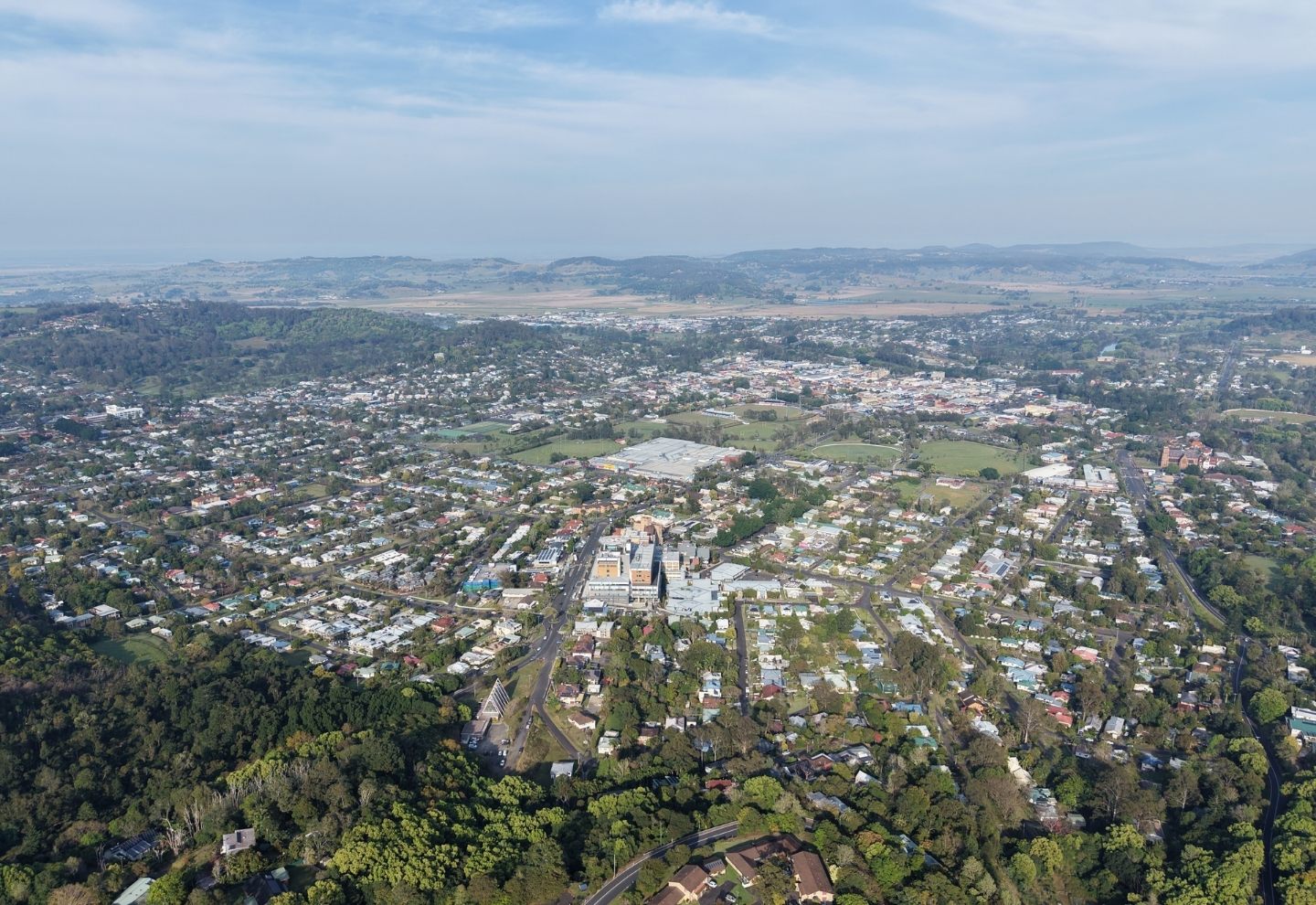Lismore ranks among the world’s clean-air leaders
21 November 2025, 8:00 PM

Lismore has been recognised as one of the clean-air standouts in a major global study by UK-based air-quality researchers HouseFresh.
When thinking of clean air, you usually picture the rolling green mountain towns of New Zealand as being at the top of the list. Far from it, eight out of the worst towns or cities for air quality were in New Zealand. Wood-fired heating is the main blame of those results.
Lismore placed eighth in Oceania for having some of the cleanest and healthiest air to breathe. The study looked at the tiny particles in the air that affect how clean and healthy it is to breathe, comparing more than a thousand cities and towns worldwide.
Lismore recorded 2.8 micrograms per cubic metre, equal to the Gold Coast. The city or town with the best air quality will surprise you; Broken Hill has 1.7 micrograms per cubic metre.
Southern Cross University environmental scientist Dr Douglas Tait says the ranking reflects a combination of natural advantages and community choices.
“There’s not one single factor that contributes to this,” he said. “It’s a mix of where we’re located in the landscape, the amount of vegetation we have, high rainfall that washes pollutants from the air, and even those sea breezes we still get despite being inland.”
Dr Tait noted that clean air plays a significant role in the health and lifestyle of the community, especially for children, older residents, and people with respiratory conditions.
“If we think back to the bushfire days, we remember how hard it was to breathe,” he said. “Air quality affects asthma, cardiovascular disease and respiratory illness, particularly as we age. Cleaner air means people don’t have to deal with those impacts as often.”
He adds that good air quality encourages people to spend more time outdoors, which further supports wellbeing.
“In areas that are more polluted, getting out and walking or biking is a lot less attractive,” he said. “Here, clean air means we can be outside more, which improves health and wellbeing. There are economic benefits too, with fewer sick days, lower healthcare costs, and it’s good for tourism and local businesses.”
Dr Tait says the region’s natural assets, from its rainforest hinterland to the new Northern Rivers Rail Trail, all benefit from, and help reinforce the area’s clean-air identity.
“This is something we can hang our hat on, the clean and green reputation,” he said. “A ranking like this increases the region’s profile for the right reasons.”
He encourages local residents to help protect this advantage by making use of the very thing the region has been recognised for.
“Take advantage of the clean air, leave the car at home when you can and get out and walk or bike,” he said. “Not only do we benefit from it, but we help keep it that way as well.”
Southern Cross University researchers study how land use, farming, industry and human activity affect the air we breathe.
“We work from the land into the air, looking at pollution, farm practices, agricultural practices and industry, and how we can keep the air as clean as it is,” Dr Tait said.
He says it’s refreshing to see a positive story about Lismore gaining global recognition.
“It is a good news story,” he said. “Hopefully when people Google Lismore, they can start seeing ‘clean air’ instead of ‘flood’.”
SERVICES


